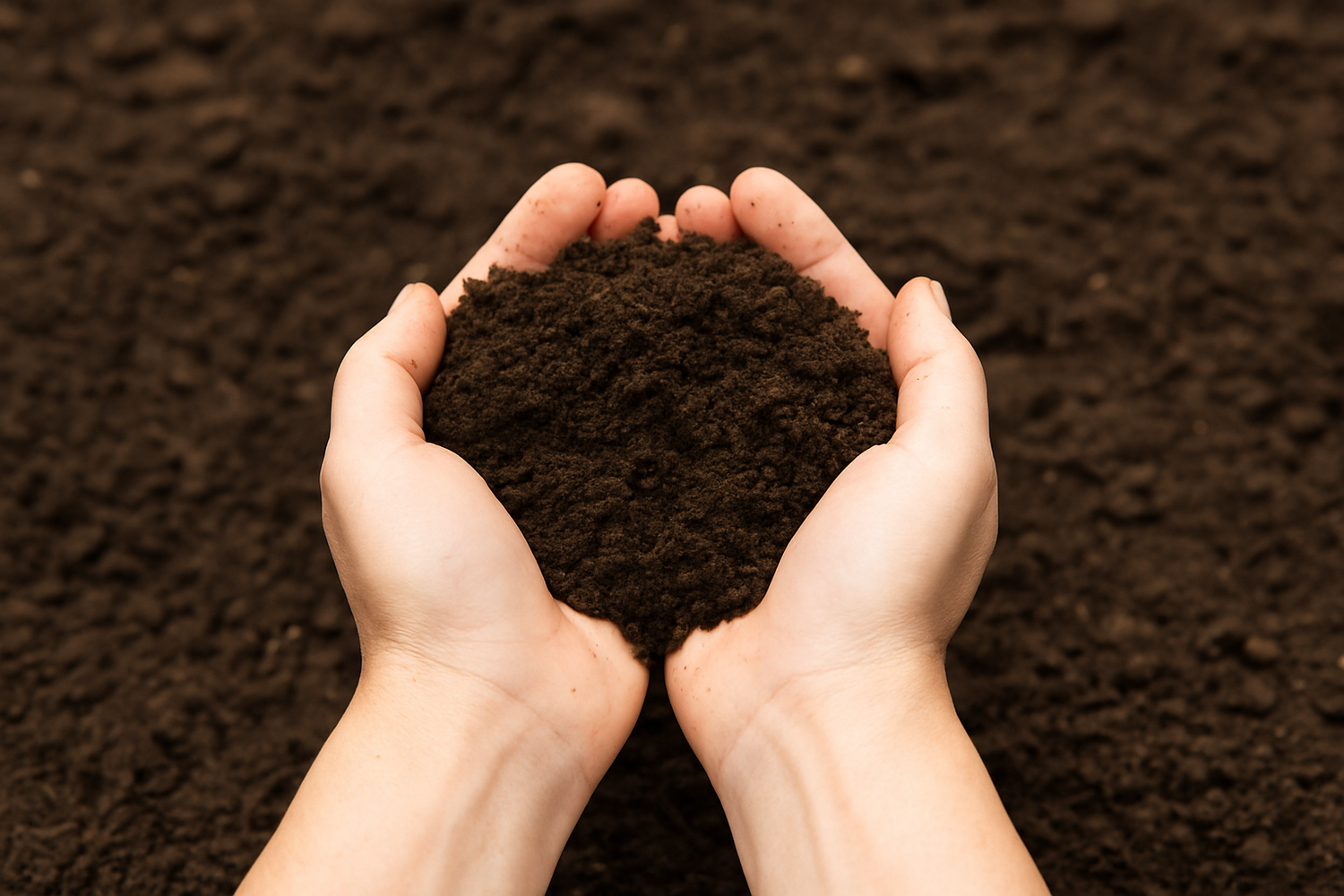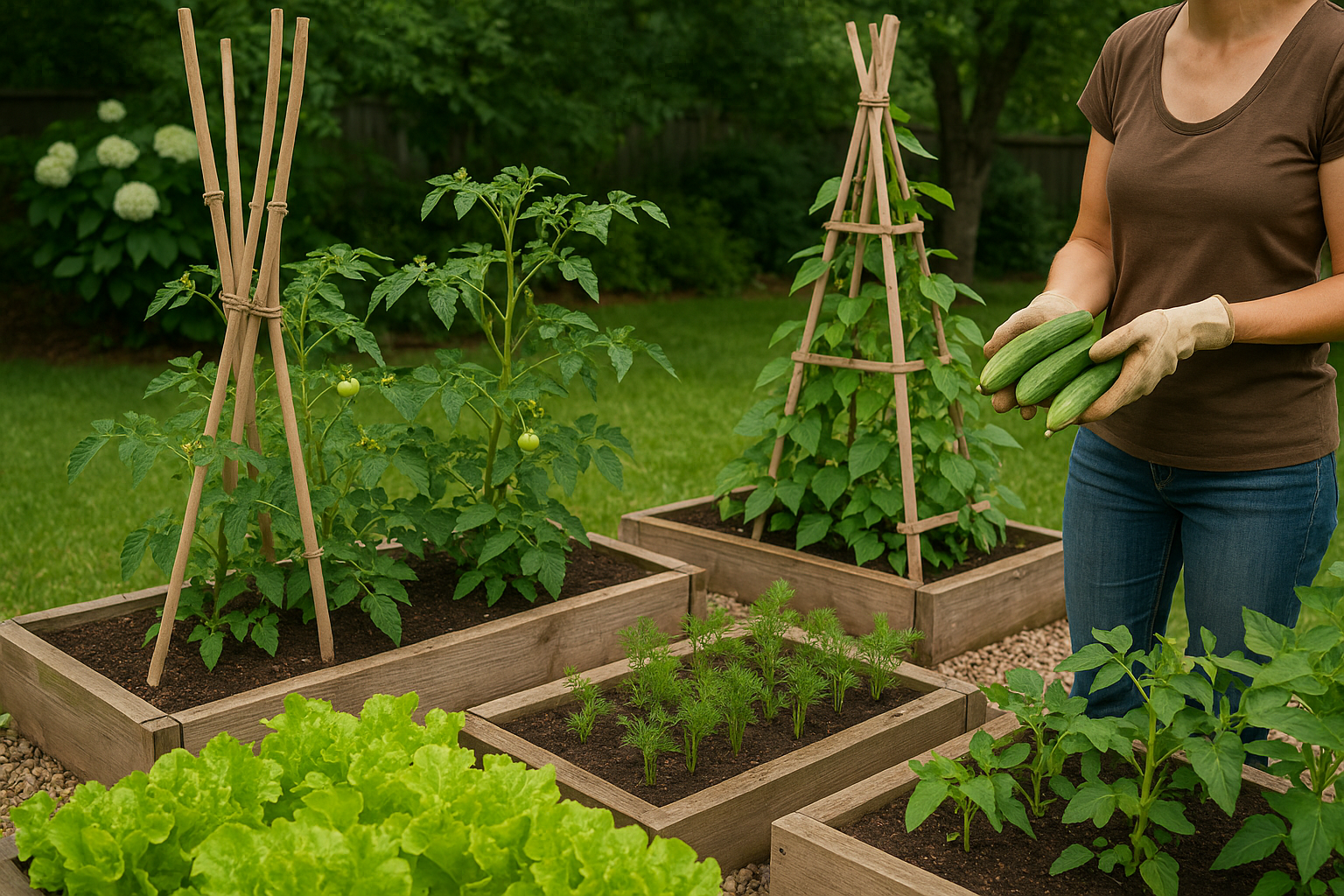Introduction
Understanding the condition of your soil is one of the most valuable steps you can take toward cultivating a healthy, productive garden. In this article, we will explore several simple and accessible methods to test your soil at home—no specialized equipment or costly kits required.
Just as a routine health checkup can reveal important insights about your physical well-being, a soil test offers a clear picture of what’s happening beneath the surface of your garden. Without this knowledge, addressing plant health issues becomes a guessing game.
Let’s take a closer look at what defines healthy soil, how to evaluate it yourself, and how to interpret the results to better support your garden’s long-term success.
Why Test Your Soil?
Soil tests reveal critical information about the nutrient profile, texture, and overall structure of your soil. Without this baseline knowledge, your plants could be struggling due to hidden issues like nutrient deficiencies or poor drainage—things you can’t see from the surface.
A soil test can uncover imbalances in essential elements like nitrogen, phosphorus, and potassium, as well as micronutrients like calcium and iron. It also provides insights into pH levels, which influence how well your plants can absorb nutrients. Bottom line? If your soil is off, your plants will struggle no matter how much you water or fertilize.
Healthy Soil: The Goldilocks Balance
Healthy soil is more than just dirt. It’s a complex living ecosystem filled with microbes, fungi, and organic matter, along with the right proportions of sand, silt, and clay. These three components affect how well your soil retains water and nutrients. Ideally, your soil should contain a balanced mix of:
- Sand (drains quickly, can dry out plants)
- Silt (holds nutrients but can be too dusty and loose)
- Clay (rich in minerals but can become compacted and waterlogged)
The perfect mix—often called loam—holds moisture without drowning roots and contains enough nutrients to support healthy plant growth.

Simple At-Home Soil Tests
You don’t need to send samples to a lab to learn a lot about your soil. Here are three easy methods to try:
1. Sight, Smell, and Feel Test
This is the fastest way to get a general sense of your soil's quality.
- Sight Healthy soil is dark brown or black, indicating high organic content. Very light or grayish soil may be low in nutrients.
- Smell Good soil smells earthy, like a forest floor. A metallic scent may indicate too much clay. A swampy or sour odor suggests poor drainage and anaerobic (oxygen-poor) conditions.
- Feel Rub a small amount of dry soil between your fingers. Grittiness = sand, powdery texture = silt, slipperiness = clay. Try wetting it for better clay detection.
2. Mason Jar Soil Separation Test
This classic test helps you see the actual composition of your soil.
- Collect soil samples from multiple spots in your garden (2 inches below the surface).
- Fill a mason jar about 1/3 with soil, then top it off with water.
- Shake thoroughly and let it sit for 24 hours.
The particles will settle in layers:
- Bottom Sand (largest particles)
- Middle Silt
- Top Clay (lightest, takes the longest to settle)
Measure each layer and calculate the percentage. For example, if your jar has 4 cm of total sediment and 2 cm is sand, that’s 50% sand. Use these percentages to determine your soil type using a soil texture triangle or pyramid.
3. The Ribbon Test
This quick test gives you a rough estimate of clay content.
- Take a small handful of moist soil and roll it into a ball.
- Press it between your fingers into a ribbon.
If it falls apart immediately: high sand content.
If it holds a short ribbon (1–2 inches): likely loam or silty loam.
If it forms a long ribbon (over 3 inches): high clay content.
This is a useful field test, especially when you’re assessing several garden spots in one session.

Understanding What Soil Tests Measure
More advanced soil testing—whether home-based or lab-analyzed—can give you details beyond texture. Here's what they commonly check:
- pH Measures acidity or alkalinity. Most plants prefer slightly acidic soil (around 6.0–6.5).
-
Macronutrients
- Nitrogen (N): Promotes leafy growth.
- Phosphorus (P): Supports root development and flower/fruit production.
- Potassium (K): Helps overall plant resilience and water regulation.
- Secondary nutrients Calcium, magnesium, sulfur.
- Micronutrients Iron, zinc, copper, boron, manganese.
If your soil lacks any of these, your plants may show signs like yellowing leaves, poor fruiting, or stunted growth.
How to Improve Soil Health
Once you’ve tested and understand your soil, the next step is amending it.
Too much clay?
Add organic compost to loosen the texture and improve drainage.
Too sandy?
Compost is also your go-to here; it helps retain water and adds nutrients.
Low fertility?
Organic amendments like composted manure or leaf mold can increase nutrient levels.
Wrong pH?
Add lime to raise pH or sulfur to lower it—after retesting to confirm.
Avoid trying to fix extreme imbalances with only sand or clay additions. Instead, organic matter is often the best tool for correcting structure, fertility, and water retention all at once.

Conclusion
Testing your soil is a small effort that pays off with big rewards. Whether you're growing vegetables, flowers, or native plants, understanding what’s happening beneath the surface helps you make smarter gardening decisions. And the best part? You can get started today with just a shovel, a jar, and a little curiosity.
Gaining a clear understanding of your soil’s composition empowers you to make informed decisions that directly benefit your plants. Whether you're working with clay-heavy garden beds or sandy, fast-draining soil, these simple tests offer valuable insight into how to improve structure, fertility, and balance. By taking the time to evaluate and amend your soil as needed, you create the foundation for healthier growth, stronger plants, and a more resilient garden.





Leave a comment
This site is protected by hCaptcha and the hCaptcha Privacy Policy and Terms of Service apply.